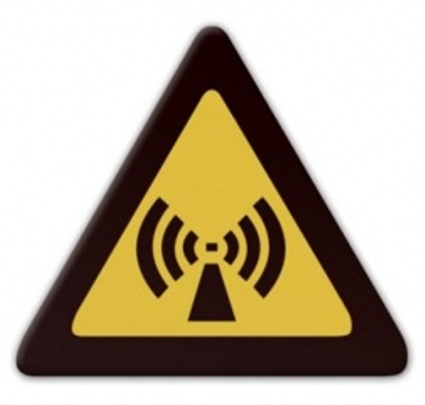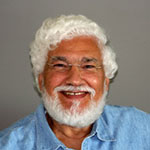March 26, 2012
Health risks of wireless technology, Part I

The exponential increase in the usage of wireless communication technology in the last 30 years will continue. This is characterized by (1) an increase in the number of users, (2) an increase in the intensity of the microwave radiation associated with mobile devices and base stations to accommodate a higher functionality, (3) an increase in the average exposure-time per day per person due to the higher dependence on mobile devices in everyday life, and (4) an increase in the number of users among children and teenagers.
Research results show that the relatively long-term (e.g. 10 years) exposure to microwaves emitted from mobile communication devices even operating within “safety limits” set by current regulatory agencies can be considered a potential factor for the promotion of cancer growth and other health ailments.
In these articles we review the microwave engineering limits needed for a wireless communication network to function and the recent published research results on the health risks of long-term exposure to microwave radiation.
We conclude that because the wireless communication industry is still reluctant to warn users of these health risks as this will reduce their profits and governments are slow to intervene to protect the public, especially children and teenagers, the best course of action is to launch a public awareness campaign in every country to educate users in ways to reduce their exposure to radiation from these devices. A set of guidelines is proposed.
Governments have responsibility to follow a restrict precautionary principle (better protect than sorry) in setting low limits for exposure to microwave radiation associated with wireless technology in cell phones, base stations, Wi-Fi, etc.
Also doctors have a professional responsibility to tell their patients that studies published in prestigious medical journals show that cell phones do affect the brain; and although there is not yet incontrovertible evidence that this effect is harmful, a cell phone should be used with caution and as something that could be dangerous.
And young people should only be using them for emergencies, not for idle chatting.
Judging by the widespread use of cell phones – and often for frivolous reasons – the general public is either unaware or unconcerned about the potential long-term harmful effects.
Most people probably haven't given it much thought. So it is not surprising that there is also little concern for the potential health risks of exposure to radiation from cell phone towers.
People should feel less complacent in feeling that “everybody's using them, so they must be okay,” and “I've been using them for a long time and I'm okay.”
And if a cell phone alters your brain, what is the radiation from a nearby cell phone antenna doing to your body. If you live near a cell phone tower with multiple antennae, your entire body (and not just your head) is going to be exposed to this radiation.
ENGINEERING LIMITS
Cell phones need to emit electromagnetic microwave power to communicate with base stations. The amount of that power is up to 1 Watt. If that power is multiplied by the emitting time this makes up the energy emitted. Hence for one hour of usage the maximum electromagnetic microwave energy is equal to 1 Watt-hour. Similarly base-station need to emit electromagnetic microwave power to communicate with all cell phones in its range. The amount of that power is up 20,000 Watt. These numbers will not change much in the future.
According to the 1998 Guidelines for Limiting Exposure to Time-Varying Electric, Magnetic, and Electromagnetic Fields (up to 300 GHz) published by The International Commission on Non-Ionizing Radiation Protection there are two parameters that should be restricted:
1. Specific Absorption Rate (SAR) in W/Kg, which is the radiation energy absorbed per mass unit of human tissue per second, and
2. The power density of incident radiation in W/m2 or MicroW/cm2, which is the amount of energy that falls on a unit of surface per second.
SAR safety limit was set at 2 W/Kg for head and trunk. But only models of adult human head are currently used by the industry while real SAR values depend on geometry and structure of tissues – for example SAR was shown to be much higher for a child head than that of an adult.
Occupational exposure limits are set by the ICNIRP are 10-50 W/m2 and public exposure limits at 2-10 W/m2 depending on frequency. For example for GSM-900 MHZ limits were set at 450 microW/cm2. Some countries, e.g. US and Germany follow the ICNIRP limits but other countries set their limits lower, e.g. Switzerland at 4 microW/cm2.








